Can You Sleep Your Way to Healthier, Brighter Skin?
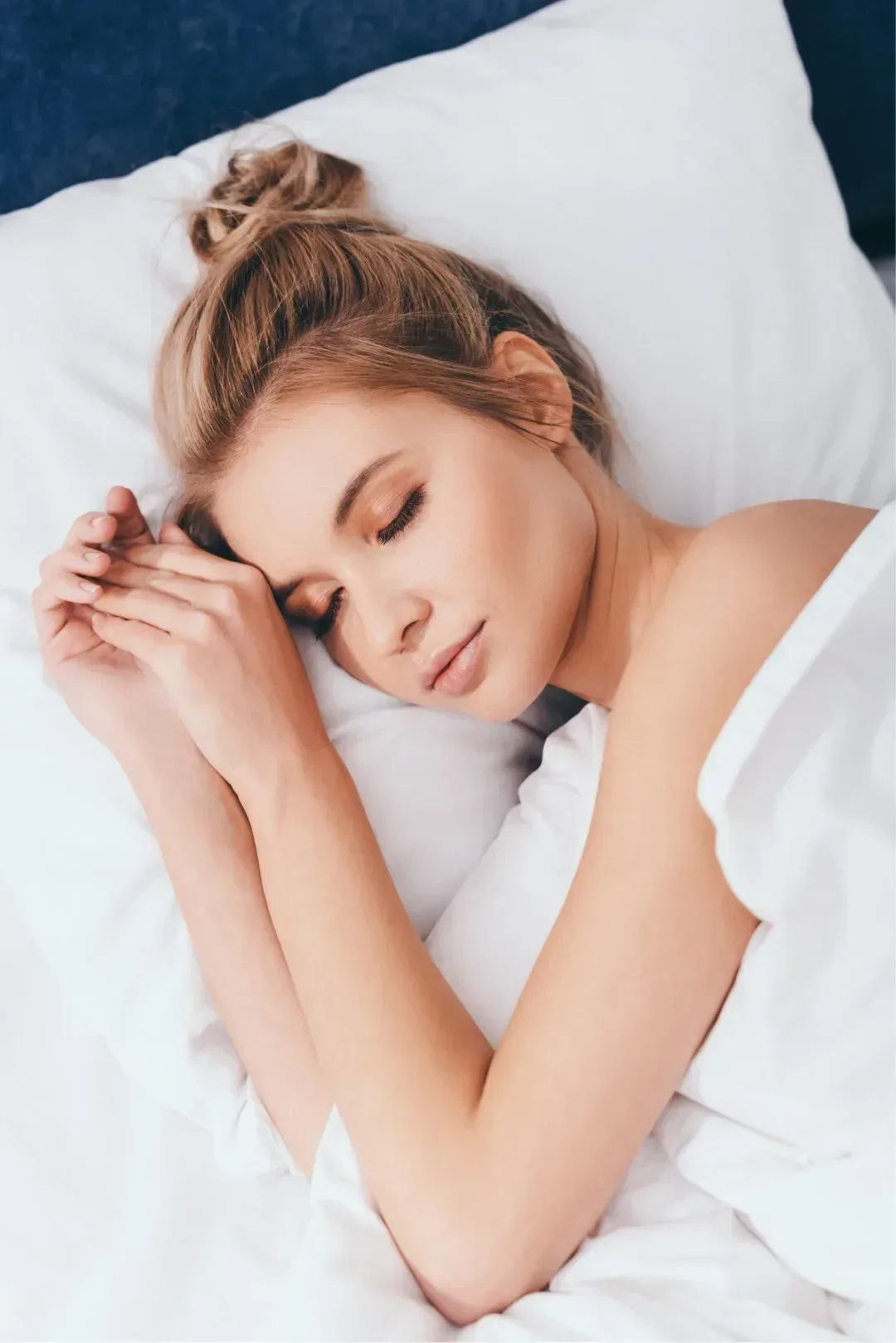
The connection between ample, good-quality sleep and healthy skin is undeniable. Getting a good night’s rest is critical for your overall health and well-being, but it also turns out there’s some scientific truth to the notion of beauty sleep. Here are five strategies to maximize your snooze time for a healthier, more youthful complexion.
- Reach for an overnight moisturizer with hyaluronic acid
It’s imperative to develop a skin-care routine that focuses on moisturizing and
regenerating skin. These aspects are integral to helping slow the signs of aging. Hyaluronic acid, helps to bind water to skin cells. Translation: This ingredient is the key to attaining a dewy, healthy glow.
That makes it a great ingredient to apply before bed, when your skin is at its driest.
- Choose high-thread-count cotton sheets (or splurge on silk pillowcases)
It has been well documented that softer sheets may have skin aging benefits. As the
skin wraps against your sheets, there are frictional forces that may lead to folding and wrinkling of the skin. Although you have a wide range of sheets at your disposal, those with a thread count of 200 to 800 are considered good, with some occasionally topping 1,000. Rule of thumb: The higher, the better. And if you really want to splurge, try a silk pillowcase, which will provide the most slip between your skin and the bedding.
- Use products with vitamin C or vitamin A, which can help collagen production
Vitamin C helps supports collagen production, and, it is also recommended as a
supplement to help boost collagen levels. As a plus, early studies suggest vitamin C’s antioxidant properties may help reverse any damage the sun has imposed on your skin during the day.
Vitamin A, on the other hand, can help minimize pore size, clear acne-prone skin, and firm dull, sagging skin by boosting collagen production. Dermatologists agree using them at bedtime is best.
- Place a humidifier on your nightstand before hitting the sack
There’s no question that sleep can dry out skin. Transepidermal water loss happens
when H2O evaporates from the skin’s surface, also known as the epidermis. While swilling water during the day is crucial for avoiding dehydration and optimizing your overall health, the best way to mitigate losing any moisture from dry sleep spaces is to employ the aid of a humidifier.
- Sleep on Your Back, Not Your Side, if You Can Help It
Snoozing in this position prevents your face from rubbing up against the pillow,
which can help keep your skin looking smooth. People who sleep on their sides are likely to notice ‘sleep lines’ on the side that they sleep on. With the right pillow and elevation of the head, fluid accumulation and puffiness can be corrected.
Sources: Everyday Health
Recent Posts
Related Articles
Tips for stronger nails
Our nails can send lots of messages to others, and weak or...
June 19, 2023The haircut for your face shape
When it comes to picking a fresh haircut, your face shape is...
June 19, 2023Skincare rutine at the end of a busy week
A weekly skincare routine can save you if your skin has started...
June 19, 2023How to identify your skin type
All skin types can benefit from daily cleansing and moisturizing, but different...
June 19, 2023







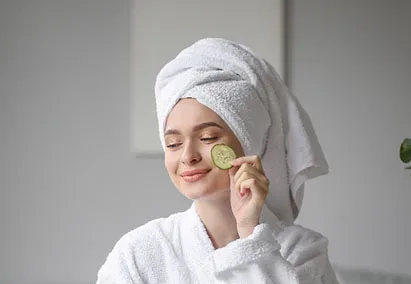













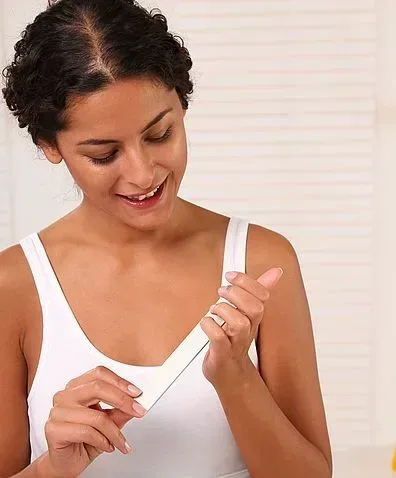
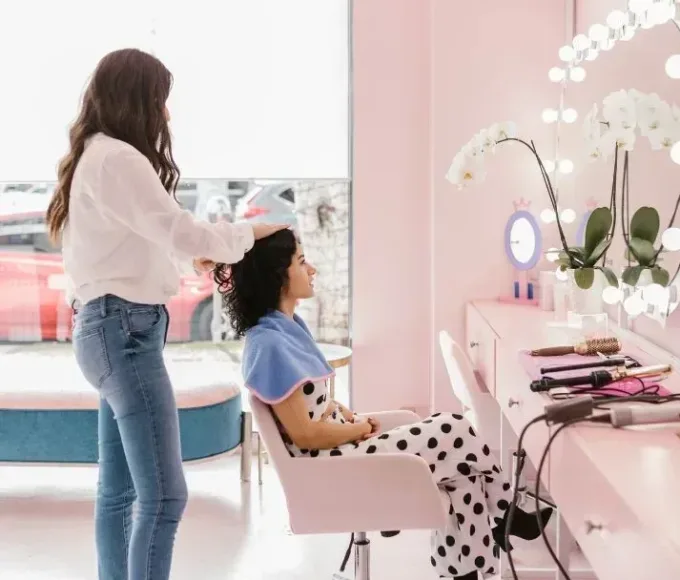
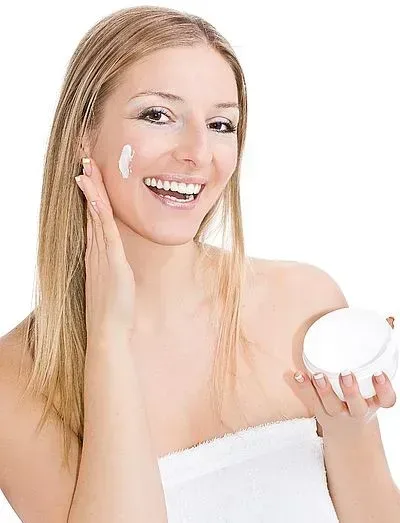

Leave a comment